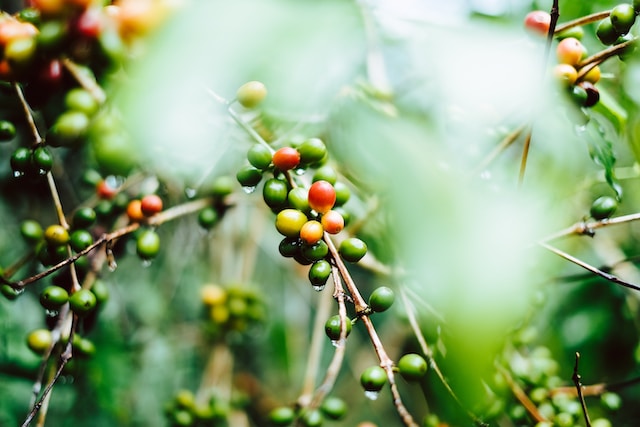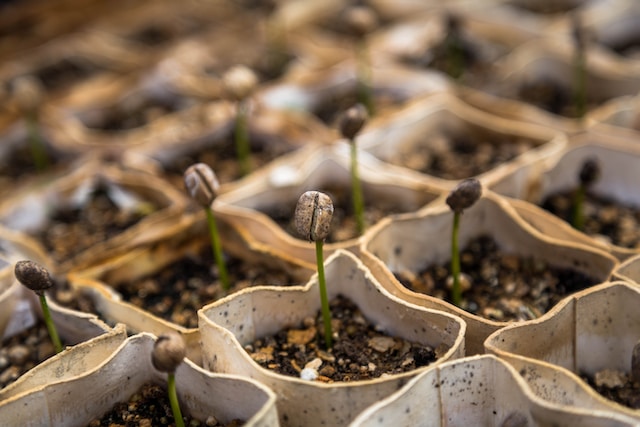Coffee, a universally beloved beverage, sparks curiosity about the origins of its aromatic beans. The answer lies within the expansive realms of the “Coffee Belt” or “Bean Belt,” encircling the globe and providing ideal climates for coffee cultivation. This journey takes us through diverse coffee-growing regions, unraveling the rich tapestry of our favorite brew’s beginnings.
Latin America: The Cradle of Arabica
Our exploration begins in Latin America, home to coffee-growing powerhouses like Colombia, Brazil, Costa Rica, and Guatemala. Renowned for their high-altitude farms, volcanic soils, and the perfect blend of sun and shade, these regions create optimal conditions for delicate Arabica coffee beans. Latin American coffees, with balanced flavors and notes of chocolate, caramel, and citrus, have captivated coffee connoisseurs worldwide.
Africa: The Essence of Coffee
Crossing the Atlantic, we reach the birthplace of coffee itself—Africa, notably Ethiopia, the “cradle of coffee.” With a rich coffee heritage dating back centuries, Ethiopia’s diverse flavor profiles and regional varieties, such as Yirgacheffe, Sidamo, and Harrar, exemplify the essence of coffee. Kenya, another African coffee powerhouse, produces beans celebrated for their wine-like acidity and complex fruity flavors. African coffees embody the heart and soul of this beloved beverage.
Asia: A Rising Star in Coffee
While Latin America and Africa have long dominated coffee production, Asia emerges as a rising star. Indonesia, Vietnam, India, and Thailand have become key players in the global coffee market. Indonesian coffees like Sumatra and Java are renowned for their full-bodied richness, earthy flavors, and spice hints. Vietnamese coffee, often enjoyed as strong and sweetened iced coffee, offers its own distinct character. Asian coffees introduce exciting flavor ranges, from smoky and herbal to nutty and cocoa-like.
Beyond the Belt: New Frontiers
While the Coffee Belt traditionally houses coffee-growing regions, cultivation is expanding beyond these boundaries. Countries like China, Myanmar, and Thailand are venturing into coffee production, introducing unique offerings. As the global climate evolves, new regions exploring coffee cultivation promise a broader array of flavors and profiles in the years ahead.
Appreciating Terroir: Origin’s Influence
Coffee’s fascinating aspect lies in its flavors influenced by terroir, akin to how grapes express uniqueness based on soil, climate, and elevation. Beans from different Coffee Belt regions possess distinct flavor profiles due to variations in terroir—altitude, soil composition, rainfall patterns, and sunlight exposure. Understanding these factors enhances our appreciation for the diversity of flavors in each cup.
A Global Journey in Every Cup
Sipping your favorite coffee reflects a global journey—each cup a culmination of farmers’ hard work, climate influence, and cultural heritage. Exploring Coffee Belt regions expands knowledge and deepens appreciation. From Latin America’s bright coffees to Africa’s vibrant profiles and Asia’s emerging flavors, every region leaves a unique mark on the coffee world.
Conclusion: A Sensory and Cultural Journey
Exploring Coffee Belt regions embarks us on a sensory and cultural odyssey. Each region—from Latin America to Africa, Asia, and beyond—brings distinct flavors to coffee. Appreciating these origins enriches our understanding and enjoyment of this beloved beverage. Let the flavors of the Coffee Belt awaken your senses, connecting you to the rich and vibrant origins of coffee. Cheers to the regions within the Coffee Belt, inspiring, surprising, and fueling our love for coffee for years to come.





